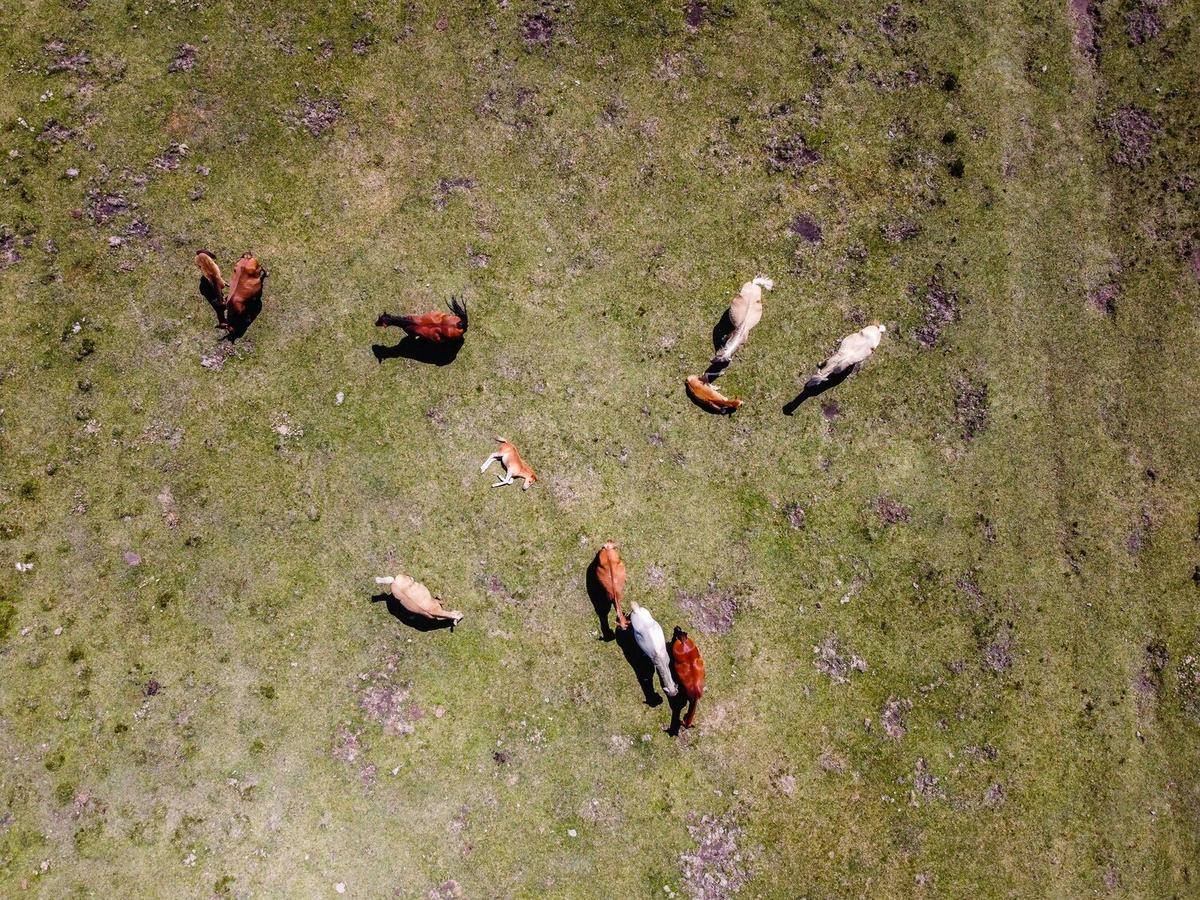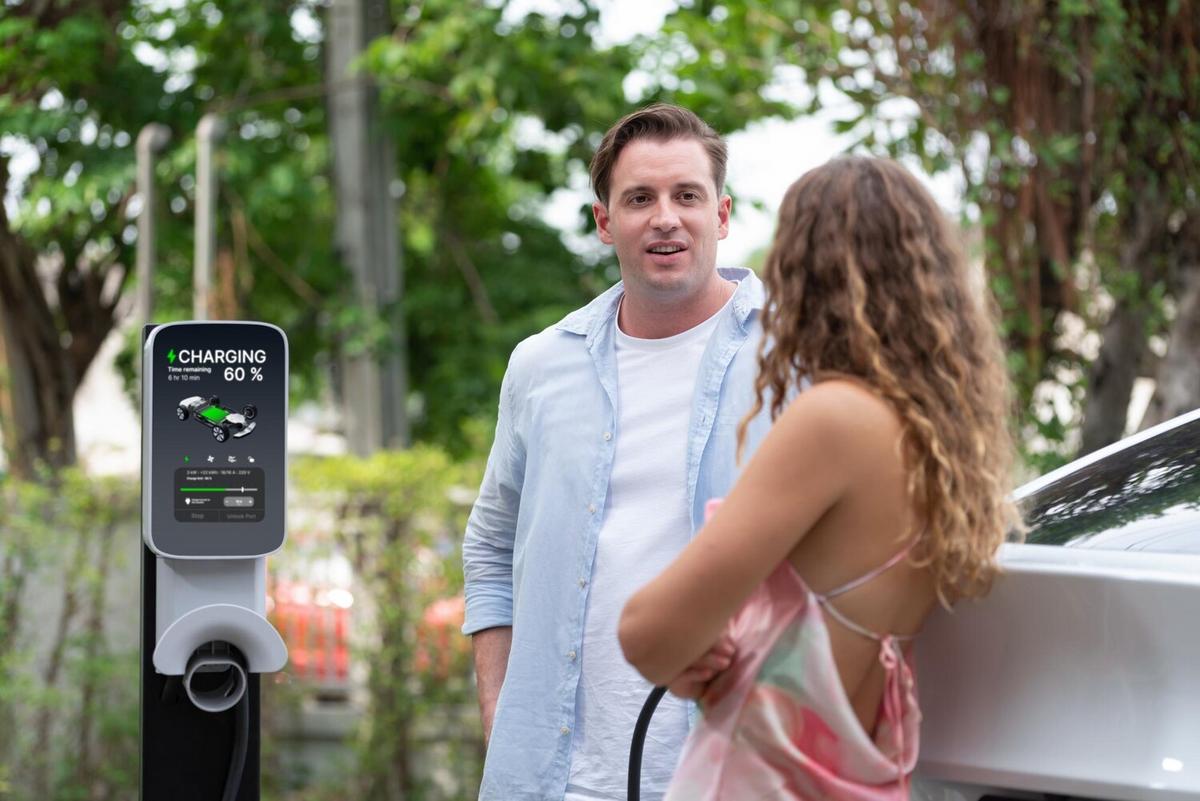
The Role of Drones in Monitoring Endangered Species
Drones have emerged as a vital tool in wildlife conservation, offering a bird’s-eye view that is transforming the way we monitor endangered species. By providing an unobtrusive means to observe animals in their natural habitats, drones are helping conservationists gather critical data and make informed decisions to protect vulnerable species.
Understanding the Impact of Drones in Conservation
Drones, or unmanned aerial vehicles (UAVs), are revolutionizing the field of wildlife conservation. These devices allow researchers to monitor large and inaccessible areas efficiently, providing insights that were previously difficult to obtain. According to a study published in Nature, drones can reduce the cost and time of data collection by up to 90% compared to traditional methods.
Expert Insights
Dr. Emma Watson, a renowned conservation biologist, notes, “Drones have the potential to drastically change our approach to preserving endangered species by offering real-time data and reducing human interference.” Her perspective highlights the transformative nature of UAVs in ecological research.
Case Studies and Examples
One notable success story comes from the African savannah, where drones have been used to monitor elephant populations. By capturing aerial footage, researchers can track migration patterns and identify threats such as poaching. This technology has also been instrumental in protecting nesting sites of rare bird species in remote areas.
| Species | Location | Drone Usage | Outcome |
|---|---|---|---|
| Elephants | Africa | Tracking and anti-poaching | Increased survival rates |
| Tigers | India | Population monitoring | Accurate population estimates |
| Sea Turtles | Australia | Nesting site protection | Improved hatchling success |
| Orangutans | Indonesia | Habitat mapping | Enhanced conservation efforts |
| Whales | Pacific Ocean | Migratory tracking | Better understanding of migration routes |
| Snow Leopards | Himalayas | Camera traps and surveillance | Increased sightings |
| Rhinos | Africa | Anti-poaching patrols | Reduced poaching incidents |
| Penguins | Antarctica | Colony observation | Comprehensive population data |
Actionable Tips for Effective Drone Use
- Ensure drones are equipped with high-quality cameras for clear imaging.
- Obtain necessary permits and follow local regulations to avoid disturbances.
- Utilize thermal imaging for nocturnal species monitoring.
- Collaborate with local communities to enhance conservation initiatives.
Frequently Asked Questions
How do drones help in wildlife conservation?
Drones provide a non-invasive way to collect data, monitor species, and protect habitats, which is crucial for developing effective conservation strategies.
Are drones safe for wildlife?
When used responsibly, drones are a safe tool for wildlife monitoring, minimizing human disturbance and providing valuable insights into animal behavior.
What challenges do drones face in conservation efforts?
Challenges include regulatory restrictions, technical limitations, and the need for skilled operators to ensure minimal impact on wildlife.
The Future of Drones in Conservation
The use of drones in monitoring endangered species is likely to expand as technology advances. With continued innovation, drones can provide even more precise data, aiding in the protection and recovery of vulnerable species. As we look to the future, embracing this technology will be crucial for the success of conservation efforts worldwide.


